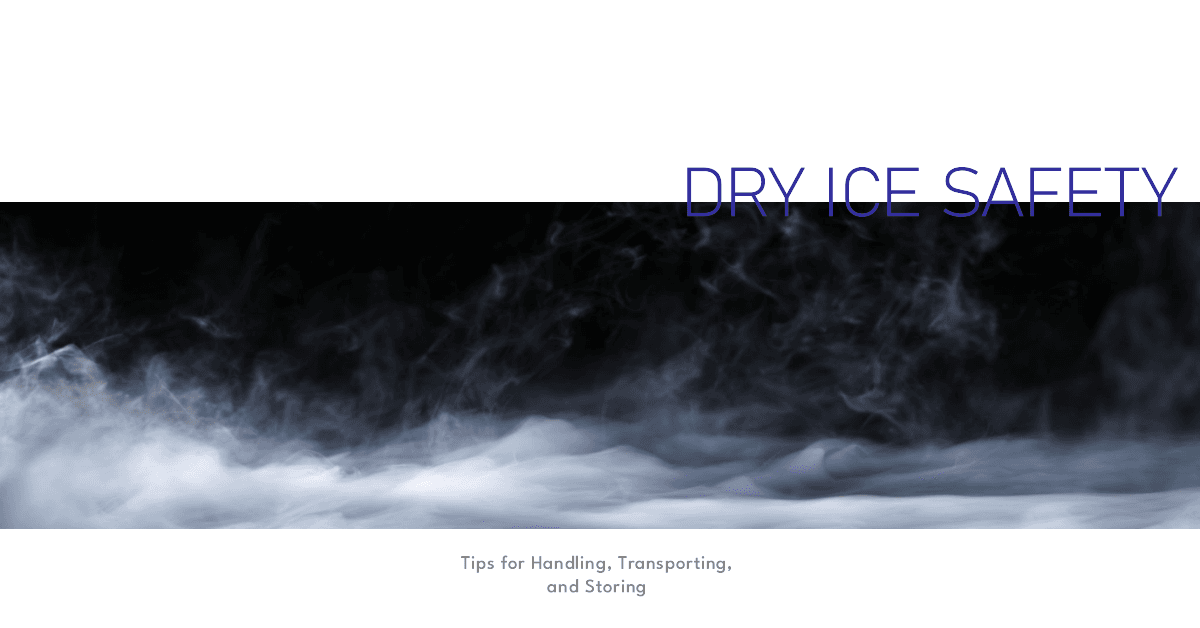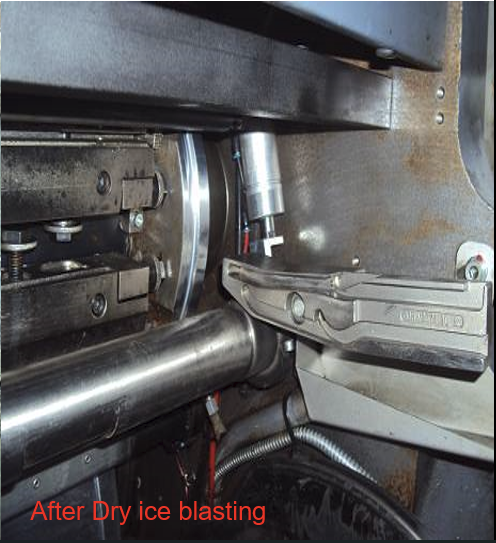Discover more about us and the team that’s revolutionizing dry ice blasting in India and globally.
Explore Our Advanced Dry Ice Blasting Technology – Powering Unmatched Performance and Precision
Professional Dry Ice Blasting Services – Delivering Effective, On-Site Cleaning Solutions Tailored to Your Needs
Exceptional After-Sales Service and Support – Ensuring Long-Term Performance and Customer Satisfaction
Reliable Scheduled Dry Ice Supply – Ensuring Consistent Delivery for Your Operational Needs
Dry Ice Safety: Tips for Handling, Transporting, and Storing


Dry ice is a popular and effective cooling solution for various industries, from shipping to medical laboratories. However, it's important to handle and store dry ice safely to avoid any accidents. This article covers the necessary safety precautions for handling and storing dry ice, as well as tips for packing and transporting it. Whether you're a business owner or an individual looking to use dry ice, this guide will help you ensure a safe and successful experience.
Here are some key safety precautions to keep in mind when working with dry ice:
Safe Handling: Never let dry ice touch your bare skin! Always handle with protective gloves, oven mitts, or a towel. The extreme cold of dry ice can cause frostbite and damage to your skin.

Storage: Store dry ice in an insulated container with proper ventilation. Avoid storing it in completely airtight containers, as the sublimation process can cause expansion or even explosion. Don't store dry ice in unventilated rooms, cellars, autos, or boat holds, as the sublimated carbon dioxide gas can replace oxygenated air and cause suffocation.
Transportation: Use an ice chest or other well-insulated container to transport dry ice. Plan to pick up the dry ice as close to the time it will be used as possible. If transporting by vehicle, make sure there is fresh air available, and if transporting by airplane, check with the airline for restrictions and guidelines.
Disposal: When finished with the dry ice, unwrap it and leave it at room temperature in a well-ventilated area. It will sublimate from a solid to a gas. Do not leave dry ice unattended around children.
Packing: Place dry ice on top of the food in an ice chest, or on the bottom for convenience. Fill any empty space with wadded newspaper or other filler to prevent "dead air space" and faster sublimation. Use a three-inch thick urethane insulated box for best storage results.
By following these guidelines, you can safely handle, transport, and store dry ice for all of your needs. At CMW, we prioritize safety and are happy to provide advice and guidance on working with dry ice. Contact us today to learn more about our dry ice products and services.

